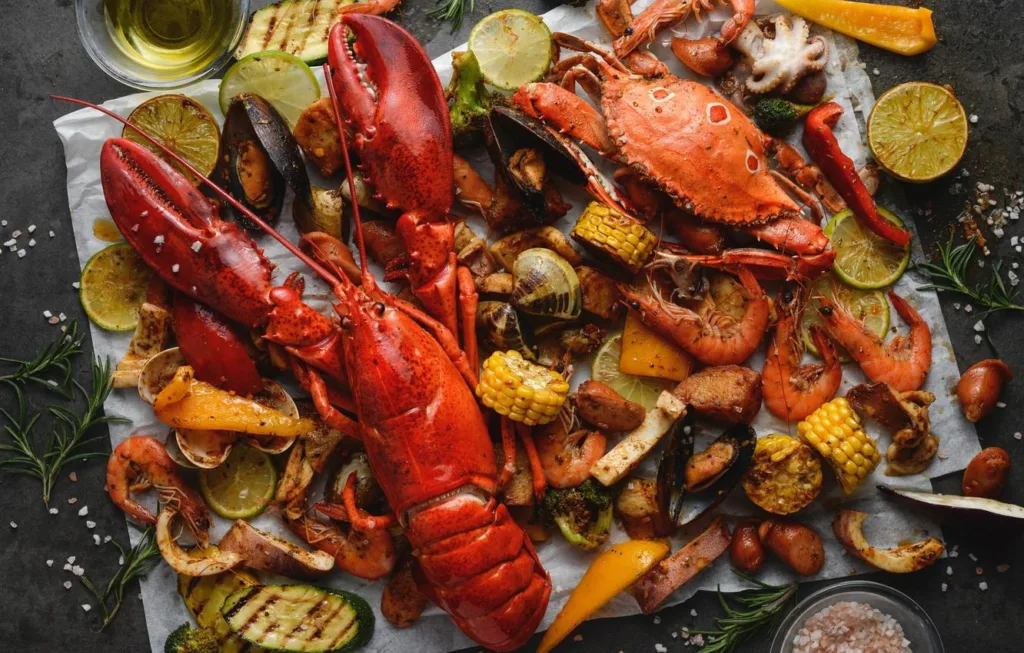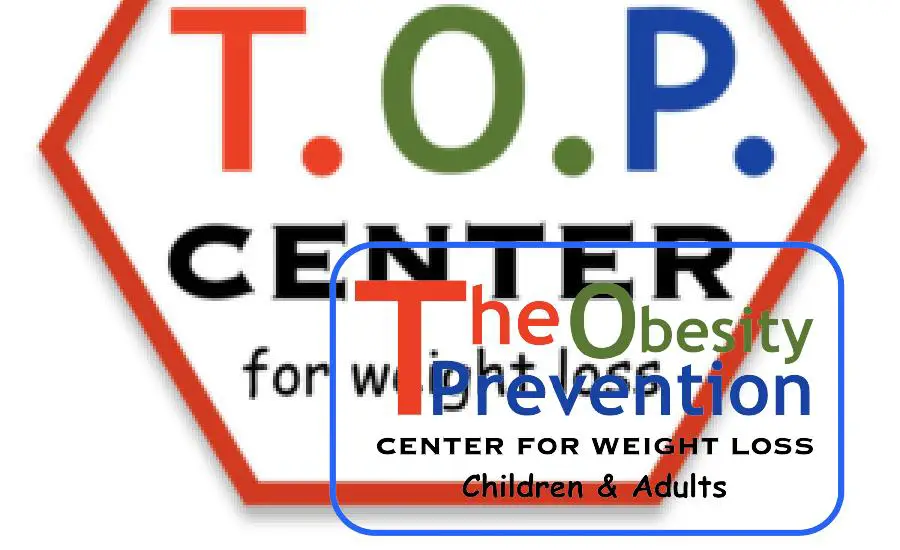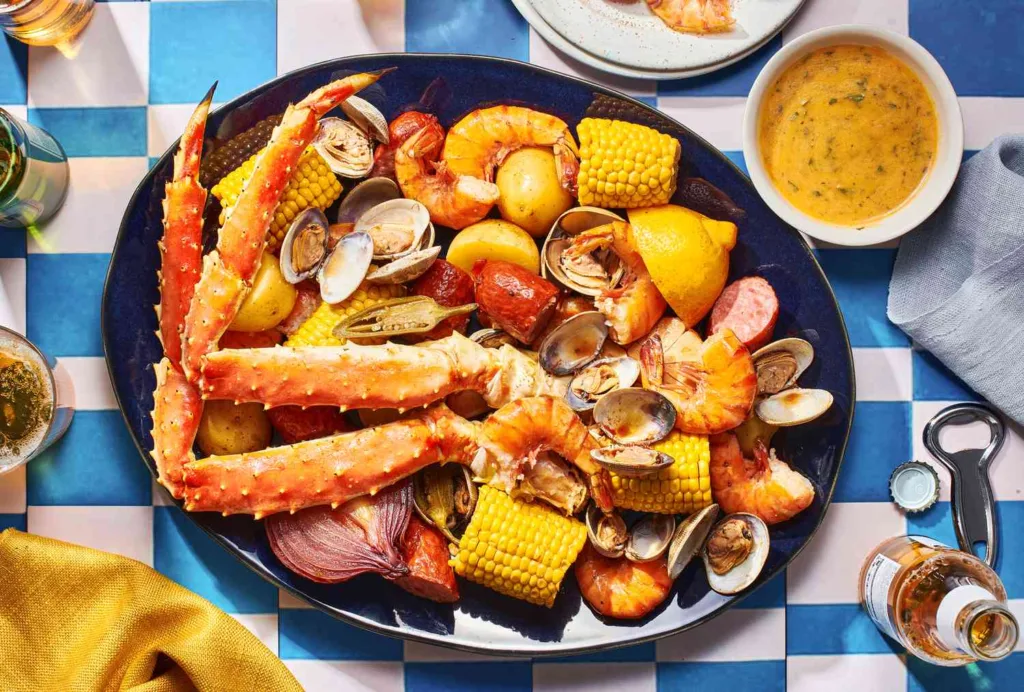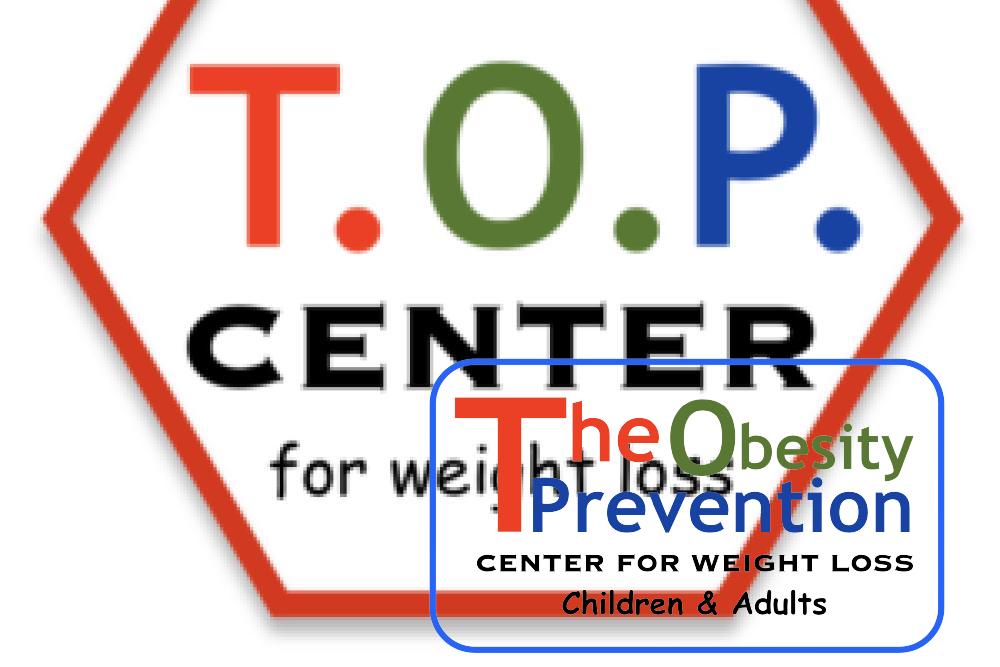Losing weight and getting healthier seem to be at the top of many people’s resolution lists these days. And for good reason – the rates of obesity, heart disease, diabetes and other lifestyle diseases continue to climb. Finding sustainable, enjoyable ways to shed pounds and improve wellbeing has never been more important. This is where seafood comes in. Seafood offers a multitude of nutrients and properties that make it a powerful ally for weight loss success. In this post, we’ll explore the science-backed benefits of seafood for supporting weight management.
The Nutrient Powerhouse: Omega-3 Fatty Acids
Seafood, especially fatty fish like salmon, is one of the richest natural sources of omega-3 fatty acids. These beneficial polyunsaturated fats offer a wide range of health perks. Omega-3s are potent anti-inflammatory nutrients. Chronic inflammation is behind numerous diseases including obesity, heart disease, cancer, and autoimmune disorders. By limiting inflammation, omega-3s help manage and prevent these conditions.
Research also indicates that omega-3 fatty acids may directly target fat cells and influence weight loss. Studies have found that omega-3 supplementation leads to decreased body fat, particularly stubborn belly and liver fat. Omega-3s help transport fatty acids where they can be burned for energy rather than stored. This mobilization of fat is key for shedding excess pounds.
The omega-3s EPA and DHA seem to be the most effective for weight management. Salmon, mackerel, sardines, trout, tuna, and herring are among the highest sources of these specific fatty acids. Mussels, oysters and other shellfish also provide a dose. Just one serving of these fatty fish supplies more than half your daily omega-3 needs.
For optimal anti-inflammatory and weight benefits, make oily fish the star of your plate at least twice a week. Salmon burgers, trout tacos, tuna salads, and sardine toast make it tasty and easy. If you don’t eat much seafood, consider an algae-based omega-3 supplement as well. Combining real fish with algae oil ensures you reap the full spectrum of omega-3 advantages for health and weight loss.

Protein-Packed Seafood and Weight Management
Protein is one of the most important nutrients when it comes to losing weight. It requires more energy to digest than carbs or fats, so it burns more calories during metabolism. Protein also dampens appetite by suppressing levels of the hunger hormone ghrelin. This leads to reduced calorie intake throughout the day.
Further, protein is critical for building and maintaining muscle mass as you lose weight. Muscle tissue burns more calories at rest than fat tissue, so preserving muscle boosts your metabolism. Avoiding muscle loss means you can actually eat more calories while still shedding pounds.
Seafood provides high-quality protein while being low in fat and calories compared to some other protein sources. For example, a 3-ounce cooked salmon fillet packs about 21 grams of protein for just 175 calories and 5 grams of fat. Even shellfish like shrimp and scallops are protein powerhouses, with 16-20 grams of protein in a 3-ounce serving.
Substituting seafood for high-fat meats allows you to maximize your protein intake while controlling calories and fat. Salmon burgers rather than beef, shrimp stir frys instead of pork, and crab cakes in place of chicken cutlets are smart swaps. Enjoy lean seafood two to three times per week for satisfying protein to promote weight loss.

Metabolism Boosters: Seafood and Thermogenesis
Some natural compounds in seafood have thermogenic properties that help boost your metabolism. Thermogenesis refers to the generation of body heat and energy expenditure. Substances that increase thermogenesis essentially stoke your metabolic fire, leading to greater calorie and fat burning.
Omega-3 fatty acids are one such compound that provides a thermogenic edge. Studies demonstrate that omega-3 supplementation accelerates energy expenditure while at rest. The fatty acids help transport fat to the mitochondria where it can be burned for fuel. Omega-3s literally help incinerate calories!
Another thermogenesis helper is protein itself. About 20-30% of protein calories are burned up through the process of digestion and metabolization. So the high protein content of most types of seafood naturally spikes your metabolism. Fish like salmon and tuna that also contain omega-3s provide the perfect protein-fat thermogenic combo.
Even the vitamins and minerals in seafood can support a faster metabolism. Selenium, iodine, and vitamin D contribute by optimizing thyroid hormone function. The thyroid controls your basal metabolic rate – how many calories you burn at rest. Enjoying the full spectrum of seafood’s nutrients provides multiple paths for optimizing your metabolic fire.

Satiety and Seafood: Feeling Fuller for Longer
A vital factor for weight management and appetite control is satiety – feeling satisfied and full after eating. Foods that offer high satiety sustain energy longer while curbing cravings and overeating. Seafood truly excels when it comes to satiety.
The high protein content of seafood plays a role here. Studies comparing protein, carbs and fat consistently find that protein is the most satiating macronutrient. Participants feel fuller and more satisfied after consuming protein-rich meals. Protein slows digestion and provides a prolonged steady source of energy.
Omega-3 fats also increase satiety hormones like leptin and CCK. These chemical signals suppress appetite and promote feelings of fullness. One study found that a seafood-rich diet providing omega-3s reduced hunger sensations by up to 26% more than a control diet.
Additionally, many nutrients in seafood directly impact satiety signals. Iodine helps regulate feelings of hunger and energy expenditure. Magnesium and zinc improve leptin signaling. B vitamins support the synthesis of satiety hormones. The nutritious package of seafood keeps you feeling energized and content.
Seafood Versus High-Calorie Alternatives
Looking at the numbers shows why seafood is superior to other animal proteins for weight control. Let’s compare a 3-ounce portion of salmon to the same amount of steak or lamb. The salmon contains about 175 calories and 5 grams of fat. Meanwhile, 3 ounces of steak or lamb both have over 200 calories and at least 15 grams of saturated fat.
The calorie and fat advantages of seafood over meat are clear. Even more impressive are the savings when comparing seafood to high-fat dairy products. Take 3 ounces of tuna salad made with light mayo versus cheese-packed chicken salad made with full-fat mayo. The tuna salad equates to around 200 calories and just 2 grams of fat depending on the mayo. The chicken salad can easily exceed 400 calories and 30 grams of fat. Replacing fatty proteins and condiments with seafood allows you to slash calories for weight loss.
Even switching out deli meats for seafood makes a difference. Three ounces of tuna salad clocks in around 200 calories and 1 gram of fat. The same amount of ham, roast beef or turkey packs 240-280 calories and at least 7 grams of fat. Substitute seafood in sandwiches and wraps for easy calorie and fat trimming.

Conclusion
Incorporating more seafood into your diet is a simple yet powerful way to boost weight loss while improving overall health. The wide range of beneficial nutrients including protein, healthy fats, vitamins, minerals and more give seafood unique properties to enhance weight management. It provides anti-inflammatory and thermogenic compounds to stoke metabolism. And it delivers unmatched satiety from both protein and omega-3 fats.
Compared to higher-calorie meats and dairy products, seafood allows you to cut calories without sacrificing nutrition or satisfaction. Make it a goal to enjoy fatty fish like salmon at least twice a week. Include other varieties like tuna, cod, shrimp, crab, and more several times per week as well. Take advantage of seafood’s immense benefits and soon you’ll be on your way to a healthier, leaner body.
For even more nutrition and weight loss tips, be sure to subscribe below to get our free weekly newsletter delivered straight to your inbox. Also explore related articles on our website focusing on topics like healthy eating, metabolism, nutrition, and achieving your health goals. Here’s to your health and wellness success!
Encouragement for Readers
Thanks so much for reading this in-depth post on seafood’s merits for weight loss and better health. I hope the detailed information and science-backed benefits were helpful and provided some “food for thought” on optimizing your diet and wellness regimen. Losing excess weight and leading a healthier lifestyle is completely achievable with the right knowledge and strategies. Seafood can be an incredible asset on your journey.
If you enjoyed this article, please subscribe below to my free weekly newsletter. You’ll get more science-based nutrition and weight loss tips sent straight to your inbox. I also share new recipes, life wellness articles, and other content I think you’ll find valuable. I look forward to seeing you there!
While you’re here, take a look around my site. I have all kinds of in-depth articles covering healthy eating, metabolism, nutrition, reaching health goals and more.
Wishing you all the best on your path to greater health and wellbeing. Stay tuned for more tips soon!
Thank you for reading this post, don't forget to subscribe to our free newsletter
!